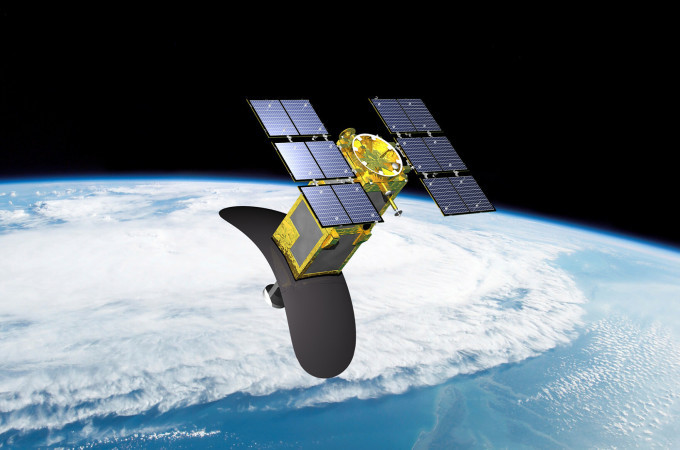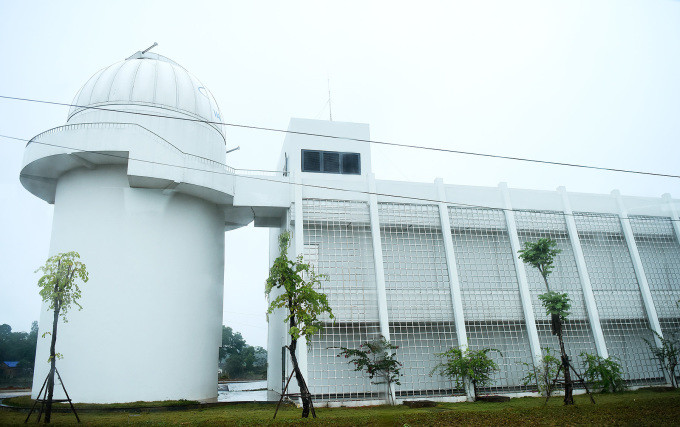LOTUSat-1, the first radar technology satellite, is expected to be completed in March and launched into orbit in early 2025, according to Dr. Le Xuan Huy, Deputy General Director of the Vietnam Space Center.
The LOTUSat-1 satellite weighs 600 kg and uses the latest radar technology with many advantages such as detecting objects from 1 m in size on the ground, and the ability to observe day and night. The LOTUSat-1 satellite will take pictures and provide accurate information to respond to and minimize the impact of natural disasters, climate change, resource management and environmental monitoring.

LOTUSat-1 satellite simulation
NEC Corporation designs and manufactures the LOTUSat-1 satellite and trains human resources for Vietnam in Japan. The training aims to transfer technology for manufacturing, operating and applying satellite images.
Dr. Huy said that the LOTUSat-1 satellite belongs to the project "Prevention of natural disasters and climate change using Earth observation satellites".
The project was started at Hoa Lac High-Tech Park, Hanoi in September 2012, using ODA capital from Japan and counterpart capital from Vietnam. By November 2023, the project had completed 99% of the infrastructure construction items, and will complete the installation of the entire satellite operation ground equipment system in September 2024 at the Vietnam Space Center, Hoa Lac facility.
The construction of LOTUSat-1 satellite is expected to be completed in March 2024 and launched into orbit between December 2024 and February 2025. At that time, the entire system will be operational to receive satellite signals.

Observatory at Vietnam Space Center, Hoa Lac facility
Dr. Huy said that, unlike optical satellites, radar satellites can take pictures in all weather conditions, especially when the weather is cloudy, foggy, and low light conditions. Mr. Huy expects that the data provided by this radar satellite will make an important contribution to Vietnam, in cloudy climate conditions.
In addition to developing the satellite, the Center also prepares classes, transfers radar satellite image processing technology, and prepares technology and human resources so that when the satellite is launched into orbit, the data will be exploited effectively, serving units using the satellite's image data in the future. "The satellite is expected to operate in orbit for 5 years," said Dr. Huy.
To effectively exploit the LOTUSat-1 satellite, in November 2023, Professor Chau Van Minh, President of the Vietnam Academy of Science and Technology (VAST) and Professor Yamakawa Hiroshi, President of the Japan Aerospace Exploration Agency (JAXA) signed an agreement to conduct a feasibility study in scientific cooperation in the field of space technology.
Under this cooperation, the two sides will share experiences in operating the LOTUSat-1 satellite in orbit, experience in operating the Vietnam Space Center, and find ways to share satellite image data.
Vietnam and Japan began cooperation in the field of space technology in 2006. With the support of JAXA, VAST engineers researched and manufactured three "Made in Vietnam" microsatellites including PicoDragon, Nano Dragon and MicroDragon, which were successfully launched into orbit by JAXA.
TH (according to VnExpress)